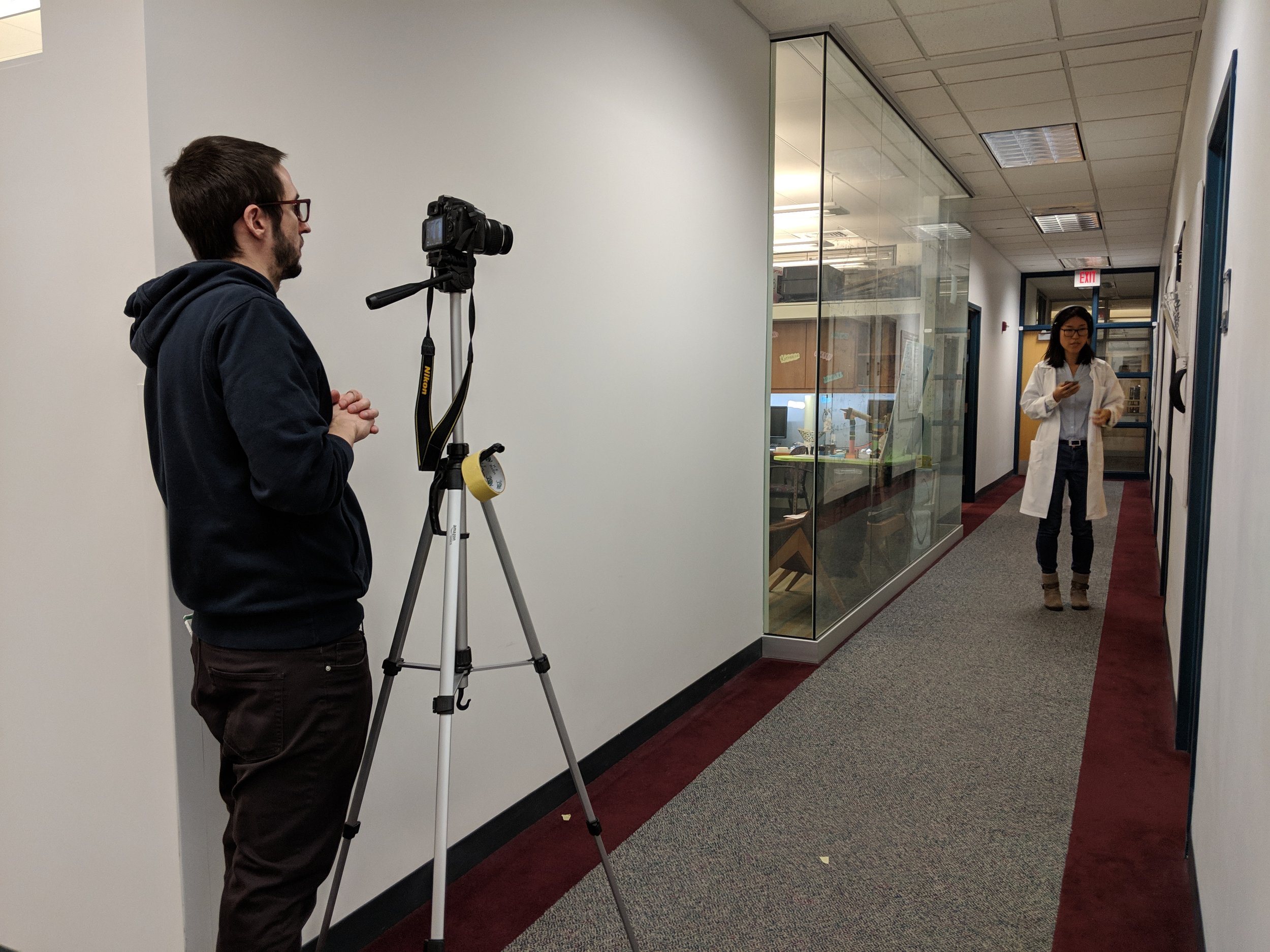Bose AR
AARMA: Audio Augmented Reality Medical Assistant for Bose AR
Team: Rayna Allonce, Ritu Parekh, Michael Rivera, Siyan Zhao
Role: UX Researcher & Product Designer
Timeline: 2 weeks, October 2018 - November 2018
Audio Augmented Reality, UX Design, UX Research, MedTech
Winner of Bose AR Design Challenge at Carnegie Mellon University
Overview
In a two week audio AR design challenge hosted by Bose, my team was challenged to design and develop a solution that leverages Bose hardware and audio augmented reality. We researched, designed, built, and presented a functional prototype of an augmented reality medical assistant (AARMA) that enables timely access to key patient information, empowering healthcare providers to better and more securely serve their patients.
As we weren’t given any constraints other than the need to incorporate this new technology, our design process consisted of secondary and primary research into industries and problem spaces where the use of this new technology could add the most value for stakeholders, followed by ideation, design, and rapid prototyping of a functional prototype. Our solution, AARMA, was the first place winner of the design challenge at Carnegie Mellon University.
THE PROBLEM
There is a need for a more secure and efficient way of communicating patient information to healthcare professionals prior to patient interaction
A survey done by the U.S. Department of Health and Human Services found that ~35 million people were affected by an information breach involving paper or film records from 2010 - 2015.
Receiving accurate and timely patient information is a crucial component of healthcare providers’ daily routine and directly impacts patient care. However, current methods of information exchange between healthcare providers pose a high risk of violating the HIPPA privacy rule, particularly through cases of medical records mishandling.
THE SOLUTION
Leveraging sound based AR to deliver secure and timely patient information
We designed a sound based AR system that utilizes the built-in IMU and microphone of a Bose Wearable Device to obtain an accurate location of the healthcare professional to enable timely access to key patient information. Utilizing a pair of Bose headphones (Bose QC 35 II) and a neck-worn speaker (Bose Soundwear Companion), we demonstrated an augmented reality medical assistant that leverages what we call “Audio Fencing” to accurately localize medical professionals and relay key patient information prior to entering an exam room.
Research and Design Process
Focus Setting
Defining our problem space
As we weren’t given any constraints other than the need to incorporate this new technology, we started our process by brainstorming potential users for the technology, as well as potential areas of interest.
We each had prior knowledge in some of the user groups and areas and jointly discussed what are the known pain points among the identities users and areas. By the end of our initial meeting we had narrowed our focus to healthcare as a general area of exploration due to team interest, as well as the high potential for impact and value to users and stakeholders.
Initial potential users and stakeholders:
Practitioners
Administrators
Patients
Patient Family/Friends
Research
Understanding our problem space
Our team split up and conducted secondary and guerrilla research on issues in healthcare and narrowed our list to two problems:
mishandling of medical information
fall prevention among the elderly
After competitive analysis of these two areas and semi-structured interviews with a doctor and a nurse, we turned our focus to preventing medical information mishandling.
Through both our primary and secondary research we found there is a high risk for medical information mishandling and validated the need for a more secure and efficient way of communicating patient information to healthcare professionals prior to patient interaction.








